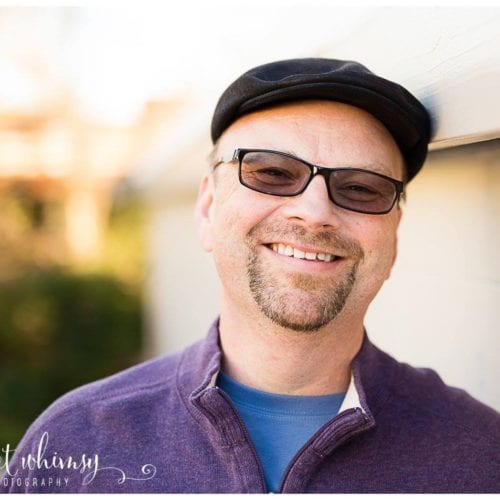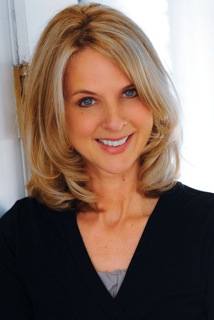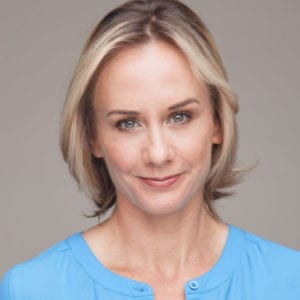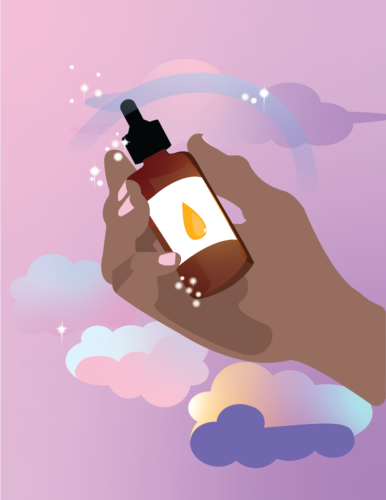Our human experience unfolds in chapters. With every turn of the page and throughout all the plot twists life throws our way, our search for self continues. We find ourselves on a ceaseless quest to discover our own identity and ultimately our purpose.
The search for self is arguably one of the greatest puzzles we work to solve. As we channel our inner investigator, we uncover clues. Some are evident or surface level in nature while others have roots that run deep and are buried in the depths of our unconscious. All of which, when unearthed, help us uncover our power and potential.

Mapping the search
Since this quest is highly personal and has the potential to last an entire lifetime, it can leave humans feeling inspired or, conversely, completely adrift. The road to enlightenment is not new—humans have been compelled to walk it for centuries. Millions across the world have discovered a roadmap to navigate this exploration of self in archetypes.
Archetypes have a storied past, and the mere idea of them has sparked the imagination of poets, philosophers, psychologists, and dreamers. When tracing the origin point, all roads lead to Greek philosopher Plato and his Theory of Forms, which introduced constructs such as “paradeigma,” a Greek term meaning “pattern.”
Although the earliest constructs for archetypes can be traced back to Plato, he cannot be credited with popularizing the term. Instead, that honor rests with Carl Jung, a Swiss psychiatrist, psychoanalyst, and the founder of analytical psychology, now known as Jungian psychology.

Jung helps navigate
In 1919, Jung introduced the world to four archetypes: the self, the shadow, the animus, and the anima.
- The self: the whole that connects the unconscious and subconscious
- The shadow: the deeper elements of our psyche often ripe with chaos
- The animus: the collective unconscious masculine psychological qualities a woman possesses
- The anima: the collective unconscious feminine psychological qualities a man possesses
Jung believed that when people tap into their own archetype, they create a vital pathway toward understanding one’s self and purpose. Most people have a primary or dominant archetype that takes the lead, but it’s not uncommon to have a few archetypes at play. Depending on how you are wired and what drives you, your primary archetype is compelled by either the self, the ego, or the soul.
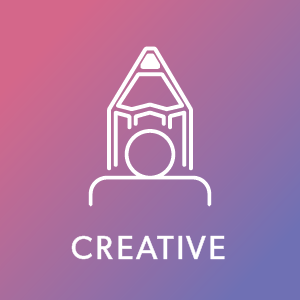
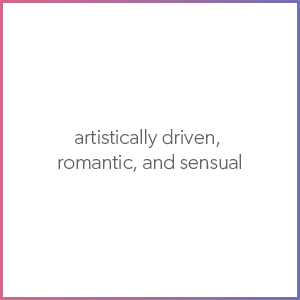

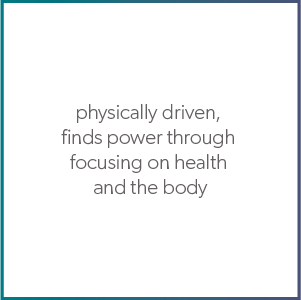
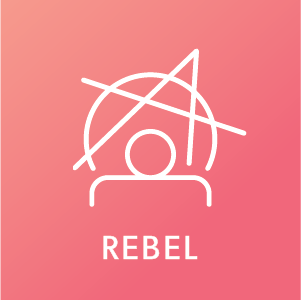
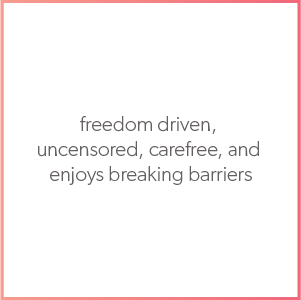
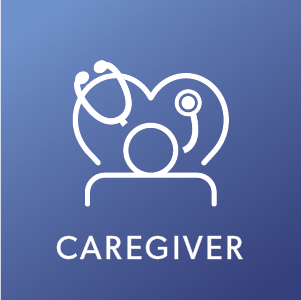
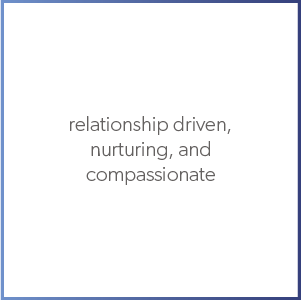
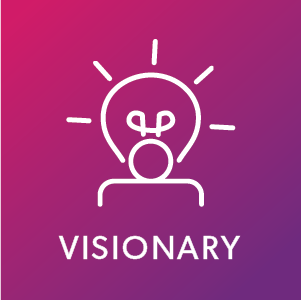
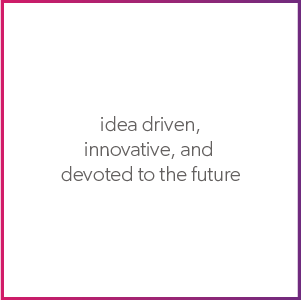

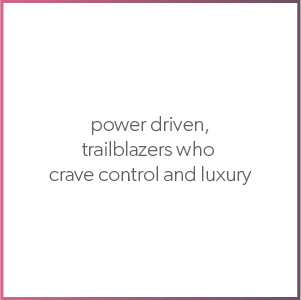

Evolution and application of the archetypes
Since the early 1900s, when Jung first revealed his theory, archetypes have undergone an evolution into many different forms and applications. Others interested in further examination of patterned behavior began to add more classifications—with more nuanced differences and definitions. Twelve personalities emerged, and although many have different names, the meanings and descriptions remain the same in most analyses. Although they are a departure from Jung’s original four, these archetypes still offer unique insight into the interplay between the self and the conscious and unconscious mind.
Take this quiz to find your primary archetypes and learn more about the ways these personas can offer understanding and empowerment.

Organizational archetypes
Finding your archetype is a deeply personal examination, but human beings aren’t the only ones who benefit from identifying and working with personas. Organizations can also identify and work to understand their patterned behavior. Saybrook University alumnus and organizational systems expert Jorge Taborga, Ph.D., explains how organizational archetypes relate to Jung’s original four.
“Organizational archetypes are structured in four life forces in competing pairs: people and results, and learning and stabilizing,” Dr. Taborga explains. “This competition is well documented in the Competing Values Framework (CVF). CVF has been used to identify four primary cultures in organizations, namely adhocratic, collaborative, competitive, and controlling. No organization expresses a single culture but will gravitate or show a preference for one over the others.”
In order to build a stable culture, it’s imperative to tap into the individual archetypes of each employee.

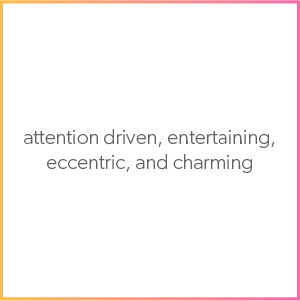
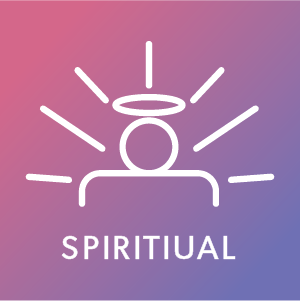
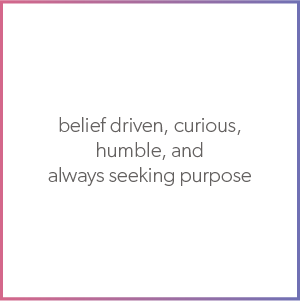
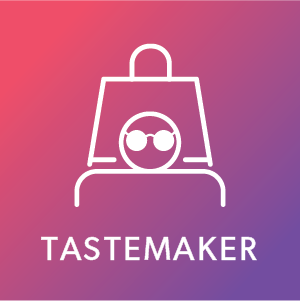
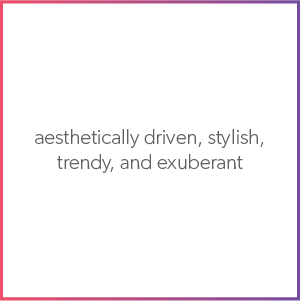
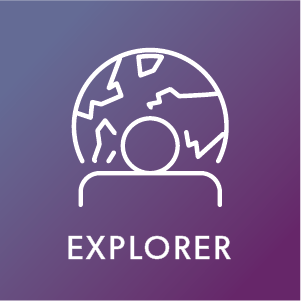
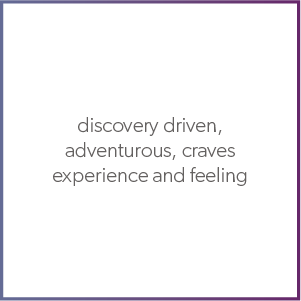




“While archetypes are always present, however, they need to be activated, channeled, and supported. Culture change is not easy and requires the desired archetypes to be activated and emphasized through organizational structures, strategies, and rewards,” Dr. Taborga says. “Balance is always required to achieve stability (homeostasis). Otherwise, the system (organization) will be in a perpetual state of change (entropy) that will tire everyone and ultimately result in failure.”
Activating, channeling, and supporting your primary archetype can help harness the power of you and any system you are a part of. The beauty of archetypes is that they are pattern-based, so understanding yours enables you to forecast your reaction to life’s variables. This deeper understanding of self can lead to a heightened ability to actualize your and your organization’s potential.

Learn more about Saybrook University
If you are interested in learning more about the community and academic programs at Saybrook University, fill out the form below to request more information. You can also apply today through our application portal.
Fields marked with an * are required


























